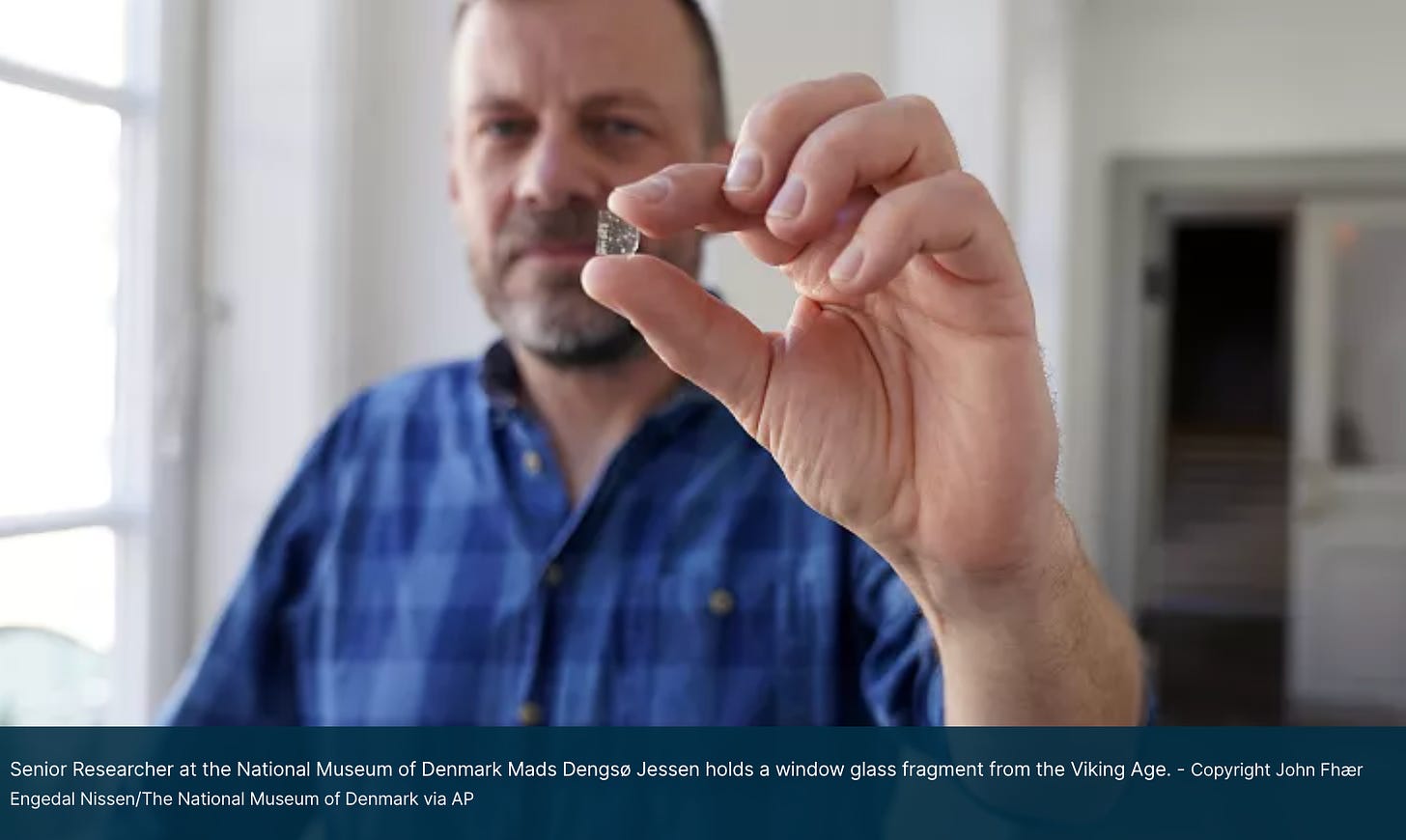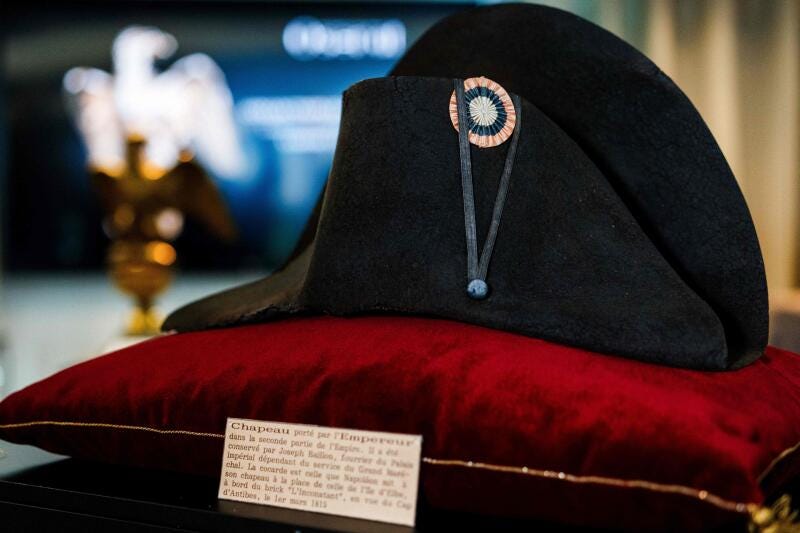Hey folks,
I am in St-Malo today, and time almost completely got away from me! I’ve been deep in a research hole and barely noticed it was Sunday. Luckily I’m here in time for our weekly installment of history acting wild in the news.
Fun fact: St-Malo is where All The Light We Cannot See is set. I did not remember that until after I got here, but I think the recent limited series release explains that wary attitude toward outsiders people seem to have suddenly. 😂 Oops! Anyway, the book is pretty accurate to how St-Malo still looks today, even though the city was basically destroyed in WWII. If you’re into retracing literary footsteps in a city, this guide to Anthony Doerr’s St-Malo might be right for you!
Also, I want to remind everyone that I’m still running the Black Friday sale on paid subscriptions! The response has been so good I decided to extend it. Get any subscription for 50% off now until I decide to end it:
Okay, let’s see what’s been going on in history land:
Speaking of All The Light, what is the real story behind the cursed gemstone at the center of the novel? Did it really make its way back to him after he threw it in a canal, or was he just inventing the story to drum up attention for his short story The Purple Sapphire?
Just over 80 years ago this week, America’s promising young literary star Barbara Newhall Follett walked out of her New York City apartment with $30 and a notebook and disappeared into the ether. What has become of her is a mystery no one has been able to solve.
Possibly thousands of people convicted of homosexuality in France are going to have their criminal records expunged and them or their descendants given up to €10,000 as compensation. The bill passed in France’s Senat a few weeks go.
In the 19th century, a portrait of Diana Cecil was given lip-fillers and other cosmetic touch-ups so she could match then-current beauty standards. Conservators recently revealed the fixed portrait, back to the image the painter intended.
A new discovery suggests that Vikings probably had glass windows, y’all. Just more proof that the pop culture view we have of them as brutal bloodthirsty rampaging murderers is off-the-mark.
The San José, a Spanish treasure ship, sunk off the coast of Colombia in 1807. It and its treasure remain underwater, but Colombia is planning to surface the ship soon, causing a world of international fighting. Who does the treasure belong to—the Spanish who packed it aboard while they ruled South America, the US American treasure hunters who claimed they found it first, or the South Americans that this treasure was taken from in the first place? Adding fuel to the fire: The estimated value of the treasure is in the billions of dollars.
Speaking of shipwrecks: Almost 117 years to the day, the wreck of the S.S. Dix, which sank in Puget Sound on November 18, 1906, has been located.
If you’ve read English history at all, you’ve probably heard of the missing princes or the princes in the tower. In 1483, the too-young-to-rule Edward V and his younger brother Richard, Duke of York, disappeared while their uncle ruled England as regent. After their deaths, their uncle became Richard III and has been accused of murdering them for over 500 years. But new evidence shows that Richard, at least, escaped.
If you’re intrigued by this, Philippa Gregory’s novel The Kingmaker’s Daughter is set during this time—and accurately predicted that Richard survived before the evidence was found.
Museums in Wales are missing nearly 2,000 items, including items that date back to the 2nd century. The missing items have been noticed as the museums began digitizing their collecting and finding that physical holdings and records are not quite matching up. Some might have gone out on loan and then forgotten about, but surely not all of them did. This of course comes on the heels of the scandal of the missing items from the British museum.
A 3,000-year-old stela uncovered in southern Spain is upending our understanding of ancient gender roles! The carving shows a person “wearing a headdress and necklace, two items researchers typically associate with women. The figure also has two swords, which are often associated with men, as well as male genitalia.”
You’ve heard of Merlin. Let’s trace him through the archive.
A study of 500 skeletons in Cambridge has a lot to tell us about the lives of regular Medieval people. A new website, After the Plague, has been established to help people learn about these findings.
In Florida, a fossil-hunter just discovered a 60-pound fossilized jawbone from an unknown mammoth that might have been roaming the earth millions of years ago. It’s an incredible find.
A history of spycraft through objects that shaped the world. There’s a podcast forthcoming from BBC Sounds, but this article goes through some of the coolest objects that had hidden uses.
Despite the (sometimes, but not always, deserved) criticisms of Ridley Scott’s Napoleon, the titular dictator’s hat just sold for €1.9 million at auction.
King Charles has two birthdays???? What? Why? It’s an old, archaic tradition.
While you’re here, don’t forget to check out the interview I published with
of earlier this week! It was a great conversation and I’m excited to hear (read) y’all’s thoughts on it.








Thank you for an interesting post. I really enjoyed the linked article about Richard III's nephews